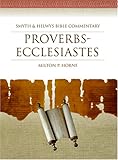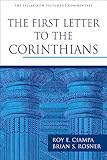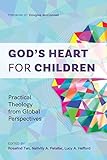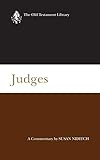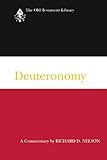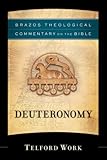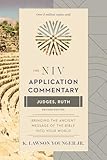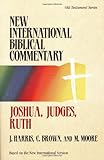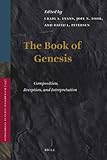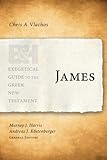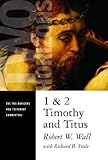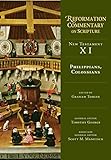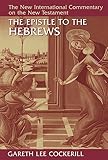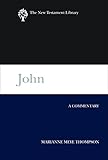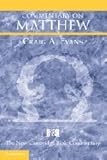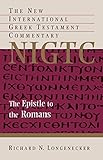The Unity and Argument of John 10: An Analysis of Discourse Features
Material type: TextPublication details: Johannesburg. South Africa South African Theological SeminaryDescription: 112p PDF A4 Abstract. Table of contents. Works cited. AbbreviationsSubject(s): Dissertation note: Master of Theology (Mth) South African Theological Seminary 2009 Summary: Abstract: John 10 is a difficult chapter when considering its chronological order and apparent displacements. Some critics have held that chapter 10 is disordered and therefore have argued for its rearrangement. This thesis is an analysis of the discourse features investigating the unity and argument of chapter 10.The research opens with exploring the historical views regarding the unity and argument of John 10 in the introduction. Following this is an examination of the literary components that make up the overall literary structure of John’s Gospel and how chapter 10 fits into its literary flow. This provides a foundation for a study of the semantic relations and the micro-level markers of cohesion and shift together with themacro-level markers of cohesion discussing discourse features in John 10. The objective is to discover what the discourse features reveal about the unity and argument of the chapter.The analysis suggests that John did not adhere to the strict rules of narrative when writing his Gospel, but that he sought to implement a certain Christian view using particular facts that where available to him. Therefore John was free to form his narrative on a purposeful artistic arrangement which is unified and coherent.
TextPublication details: Johannesburg. South Africa South African Theological SeminaryDescription: 112p PDF A4 Abstract. Table of contents. Works cited. AbbreviationsSubject(s): Dissertation note: Master of Theology (Mth) South African Theological Seminary 2009 Summary: Abstract: John 10 is a difficult chapter when considering its chronological order and apparent displacements. Some critics have held that chapter 10 is disordered and therefore have argued for its rearrangement. This thesis is an analysis of the discourse features investigating the unity and argument of chapter 10.The research opens with exploring the historical views regarding the unity and argument of John 10 in the introduction. Following this is an examination of the literary components that make up the overall literary structure of John’s Gospel and how chapter 10 fits into its literary flow. This provides a foundation for a study of the semantic relations and the micro-level markers of cohesion and shift together with themacro-level markers of cohesion discussing discourse features in John 10. The objective is to discover what the discourse features reveal about the unity and argument of the chapter.The analysis suggests that John did not adhere to the strict rules of narrative when writing his Gospel, but that he sought to implement a certain Christian view using particular facts that where available to him. Therefore John was free to form his narrative on a purposeful artistic arrangement which is unified and coherent.
| Item type | Current library | Collection | Call number | URL | Status | Date due | Barcode | |
|---|---|---|---|---|---|---|---|---|
 Thesis
Thesis
|
South African Theological Seminary Online Resource | Electronic Holdings | Link to Resource | Available | 2 |
Master of Theology (Mth) South African Theological Seminary 2009
There are no comments on this title.
Log in to your account to post a comment.

